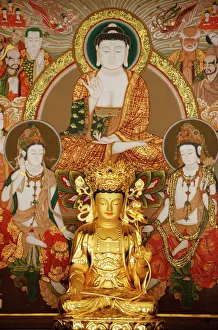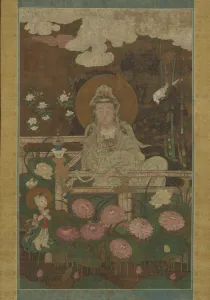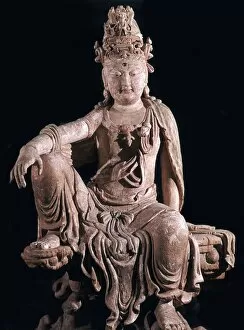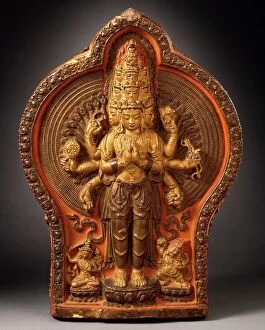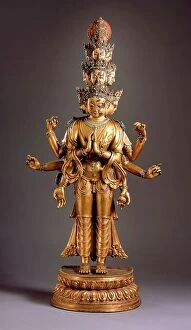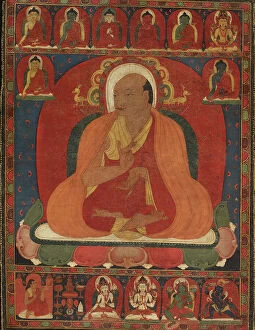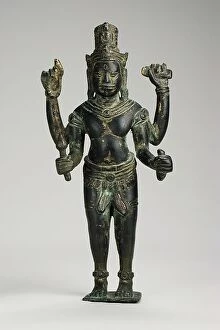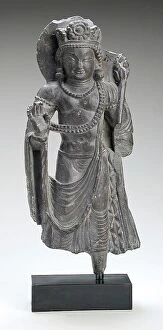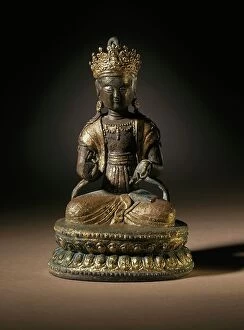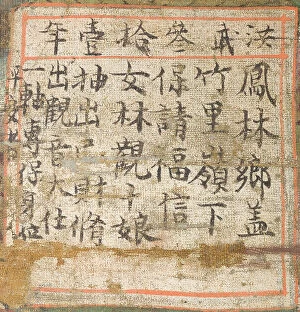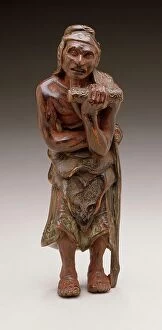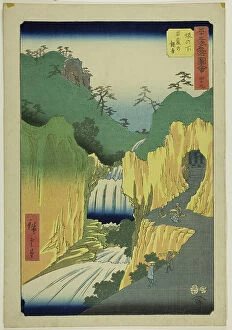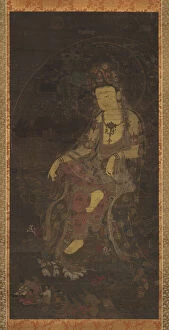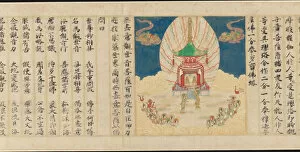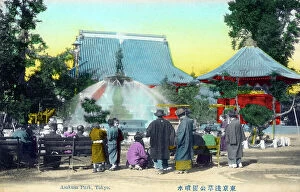Avalokitesvara Collection
Avalokitesvara, the Buddha of Compassion, is a revered figure in various cultures across Asia
All Professionally Made to Order for Quick Shipping
Avalokitesvara, the Buddha of Compassion, is a revered figure in various cultures across Asia. From paintings to statues, this bodhisattva's presence can be felt in different forms and styles. In Kathmandu, Nepal, a mesmerizing painting captures the essence of compassion. The colors blend harmoniously as the deity emanates serenity and benevolence. Moving eastward to Seoul, South Korea, Kwanseum Bosal stands tall as a symbol of compassion. This statue exudes grace and tranquility, inviting devotees to seek solace in its divine presence. Traveling back in time to the 12th century China, we encounter a captivating statuette of Kuan-Yin as a Bodhisattva. Its intricate details showcase the craftsmanship that went into creating this masterpiece. An enigmatic depiction emerges from history with Guanyin as the Nine-Lotus Bodhisattva from 1593. Though its creator remains unknown, their artistry shines through every delicate stroke on this ethereal artwork. Stepping into Angkor Thom's bridge and doorway captured in an old black-and-white photograph from c. 1912 transports us to ancient times when Avalokitesvara's influence was deeply rooted within Cambodian culture. Returning once again to Kathmandu's vibrant streets brings us face-to-face with another awe-inspiring painting at Senso-ji Temple in Tokyo's Asakusa Park. Here devotees find solace amidst bustling city life. The thousand arms Avalokiteshvara depicted on cloth showcases infinite compassion through its eleven heads and countless eyes - an embodiment of boundless empathy for all beings. From Java comes an exquisite Pala-style sculpture dating back to the 9th century AD. This representation highlights how Avalokitesvara transcends borders and time periods while remaining eternally relevant.


